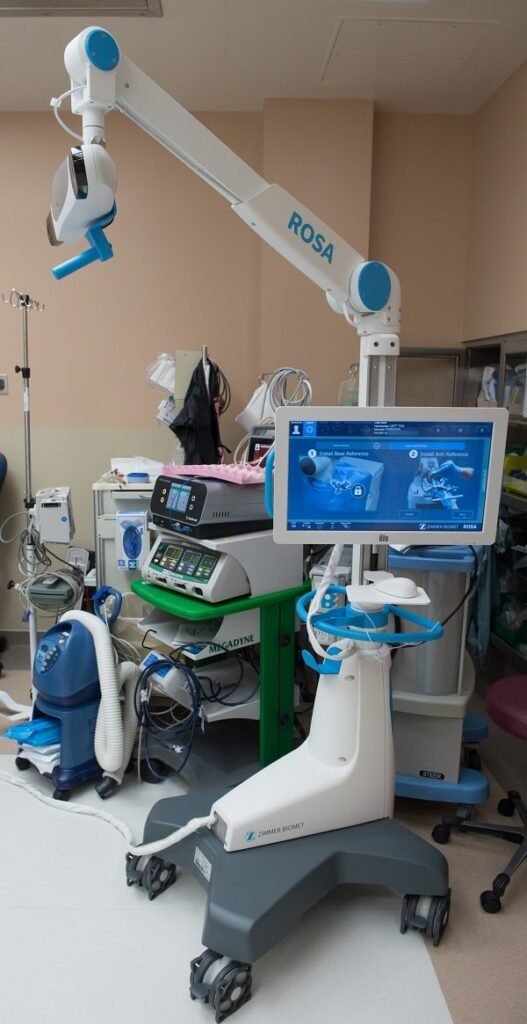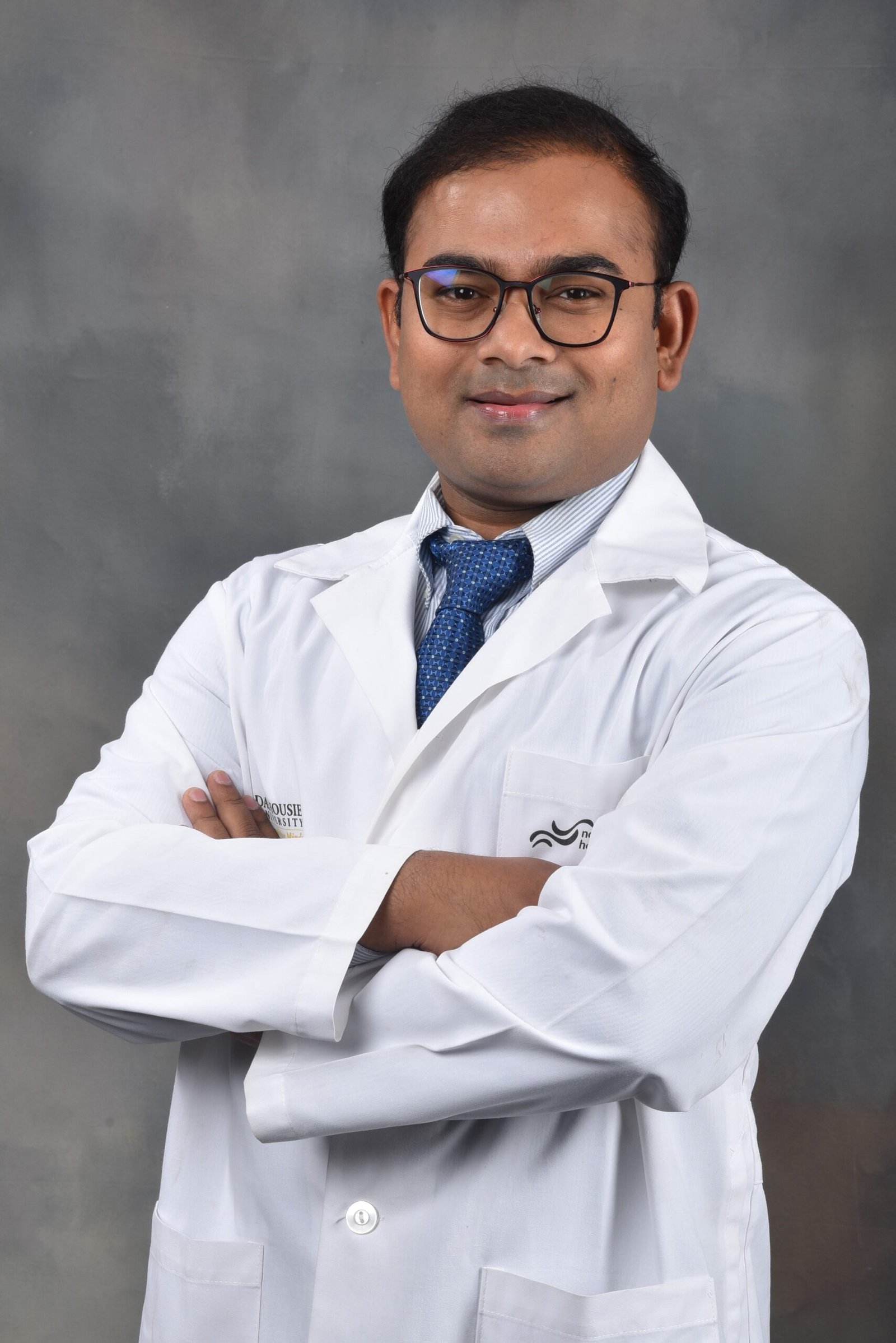Splinting & Bracing
Splinting and bracing are commonly used orthopedic techniques to provide support, stability, and protection to injured or weakened body parts. Splinting and bracing involve the use of specialized devices or equipment that immobilize or restrict/limit the movement of a joint, bone, or in some cases even the muscle. Splinting and bracing are included in various medical settings, ranging from emergency care to post-operative rehabilitation, and are effective in promoting healing, preventing further injury, and improving overall function within the patient.
Splinting is the process of applying a rigid or semi-rigid device to immobilize a specific body part, such as a bone, joint, or limb. Splints are generally made from medical-grade materials like plaster, fiberglass, or thermoplastic, which can be molded to the shape of the injured area. Splints can be custom-made or prefabricated, depending on the nature and severity of the patient’s symptoms and injury.
Splints are more commonly used for:
- The initial management of fractures.
- Management of sprains.
- Reducing strains.
- Relieving other acute injuries.
- Stabilize the injured part/area.
- Prevent further damage.
- Reduce pain.
- Provide support.
On the other hand, bracing involves the use of a specialized device, known as a brace, to provide support and stability to a joint or a muscle. Braces are designed to limit excessive movement, protect vulnerable structures, and promote proper alignment. They are commonly used in the management of chronic conditions, post-operative rehabilitation, and injury prevention during physical activities. Braces can be made from various materials, including metal, plastic, or fabric, and come in different types, such as knee braces, ankle braces, wrist braces, and back braces. Each type of brace is specifically designed to address the unique needs and requirements of the affected body part.
The primary purpose of splinting and bracing is to facilitate healing and prevent further damage. By immobilizing or restricting movement, these techniques allow injured tissues to rest and recover. They help reduce pain and inflammation by preventing excessive stress or strain on the injured area. Splinting and bracing also protect vulnerable structures, such as fractured bones or sprained ligaments, from additional trauma or displacement. In cases where surgical intervention is required, splints or braces may be used to support and stabilize the affected area during the postoperative period.
Splinting and Bracing can improve functional outcomes and promote rehabilitation. By providing support and stability, these techniques allow patients to engage in controlled movements and exercises, which are crucial for restoring strength, flexibility, and range of motion. They can help prevent muscle atrophy and joint stiffness that may occur during immobilization. In some more complex cases, such as ligament injuries or joint instability, bracing may be used long-term to enhance joint stability and enable individuals to resume their regular activities.
It is important to note that splinting and bracing should be done only under the guidance and supervision of doctors. Improper or prolonged immobilization can lead to complications, such as muscle weakness, joint stiffness, or pressure sores. A doctor will assess the injury or condition, determine the appropriate type of splint or brace, and provide clear instructions on proper usage, maintenance, and follow-up care. Regular monitoring and adjustments may be necessary to ensure optimal healing and functional outcomes, so the patients may need to revisit the doctor often.
Splinting and bracing are effective techniques used especially in orthopedic care to immobilize, support, and protect injured or weakened body parts. These methods promote healing, prevent further injury, and improve functional outcomes. However, it is always essential to seek professional guidance beforehand, to ensure proper usage and avoid potential complications. Thankfully for most patients in pune, Dr. Dalal provides splint and brace treatment in pune.


Dr. Shrikant Dalal
MBBS, DNB - Orthopedics/Orthopedic Surgery Spine Surgeon (Ortho), Spine And Pain Specialist, Joint Replacement Surgeon

